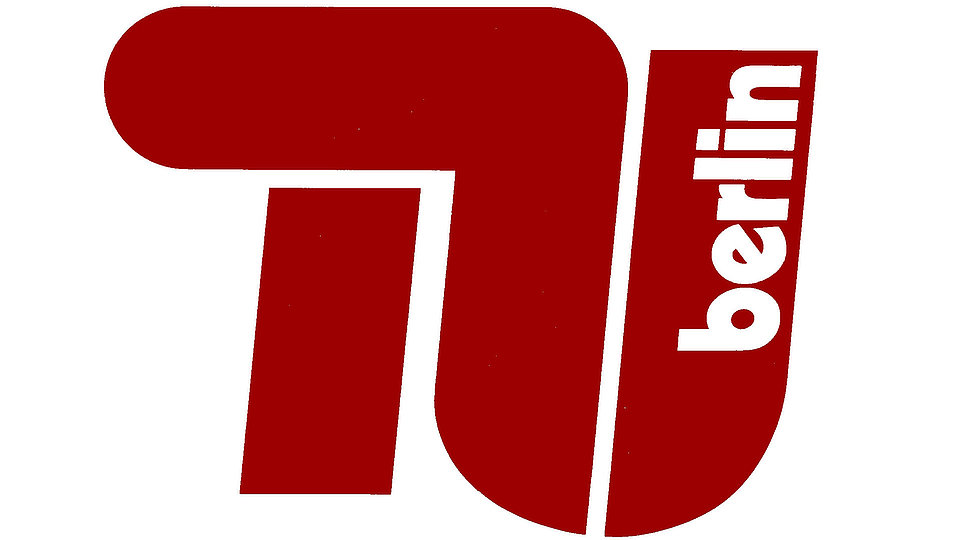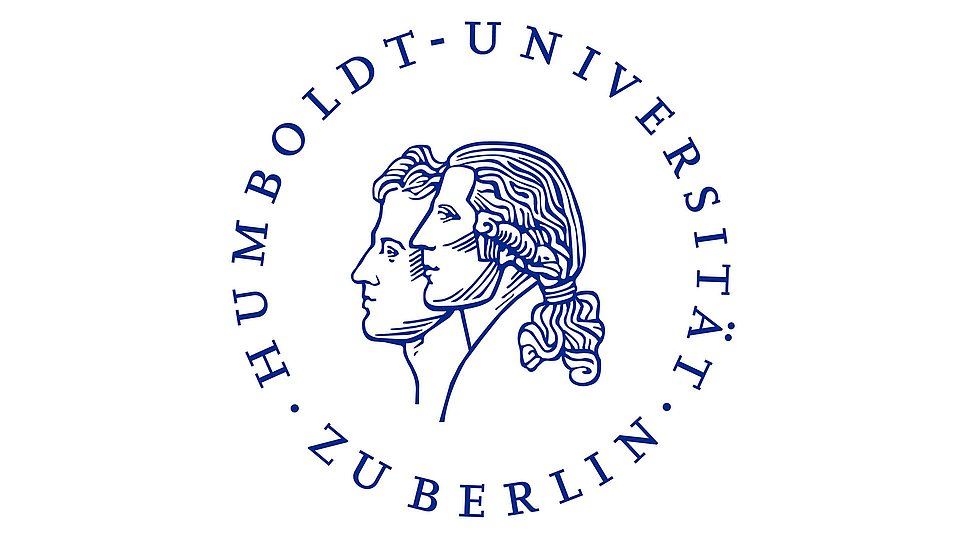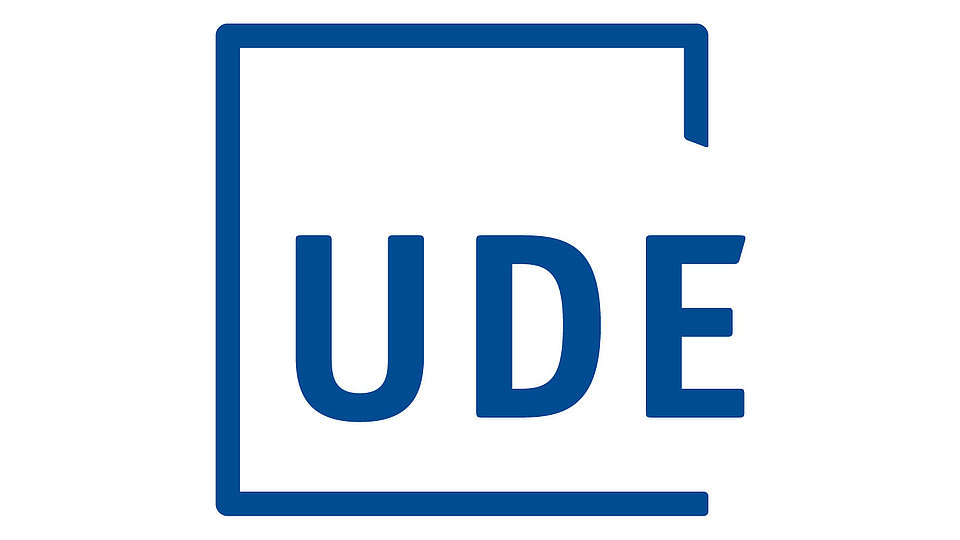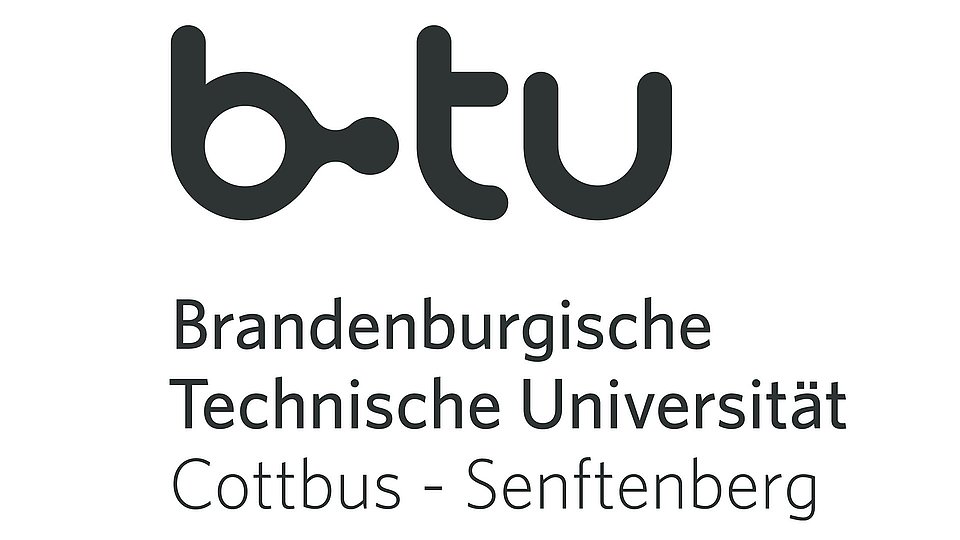Joint Labs
FBH's networking approach is reflected by intensive cooperation with various universities. In several joint labs, the institute combines basic and application-oriented research:
Joint Lab GaN Optoelectronics

This Joint Lab develops innovative light emitters based on group-III nitrides, especially light-emitting diodes (LEDs) for the near and far UV spectral range and diode lasers emitting in the blue-violet and ultraviolet spectral range. Partner of the FBH within this Joint Lab is the Faculty of Experimental Nanophysics and Photonics led by Prof. Dr. Michael Kneissl at the Institute of Solid-State Physics at Technische Universität Berlin.
Joint Lab Quantum Photonic Components

Here, the research focuses on the development of electro-optical components and hybrid micro-integrated modules that provide coherent radiation required, e.g., for the implementation of quantum optical sensors or quantum computers based on cold ions or neutral atoms. Emphasis lays on narrow and ultra-narrow linewidth lasers also relevant for coherent free-space communication and laser metrology. The activities include R&D for space applications.
The Joint Lab was established in 2008 at FBH to foster co-operation with the Optical Metrology Group at Humboldt-Universität zu Berlin, at that time under the name Joint Lab Laser Metrology. Now renamed, it serves as the nucleus of the Integrated Quantum Technology research area at FBH, which was set up in 2019.
Joint Lab Integrated Quantum Sensors

This Joint Lab works closely with the group of the same name at Humboldt-Universität zu Berlin. Research focuses on the development of integrated quantum sensors using high-precision spectroscopy techniques with atomic ensembles either at room temperature or, by laser cooling, near absolute zero. Here, the intrinsic properties of quantum mechanical states and their precise manipulation with laser light are exploited to realize instruments for highly accurate measurements of physical quantities such as frequency, accelerations, electric or magnetic fields. The activities include R&D for space applications.
Joint Lab Integrated Nonlinear Quantumoptics

This Joint Lab run by the FBH and the Nonlinear Quantum Optics group at Humboldt-Universität zu Berlin is advancing the fundamentals and practical applications of photonic quantum sensing and quantum communication. The work focuses on compact, robust, and cost-efficient solutions for mid-infrared (MIR) sensing based on entangled photons. These can be used, among other things, in hyperspectral microscopes for medical diagnostics, for MIR spectroscopy in environmental analysis (gas and microplastic analysis), and by means of optical coherence tomography in the MIR spectral range (MIR-OCT) for 3D imaging within strongly scattering ceramics. For quantum communication, highly efficient sources of entangled photon pairs based on semiconductor waveguides are being developed, as well as compact quantum frequency converter modules.
Joint Lab Diamond Nanophotonics

The Joint Lab Diamond Nanophotonics cloosely cooperates with the Physics Department at HU Berlin. The research focuses on nanostructured diamond systems and materials and aims at developing novel concepts for guiding, catching, and manipulating light on the nano- and microscale, and enabling strong light–matter interaction in diamond with the goal to efficiently couple, or more precisely, to entangle single quantum memories with single photons. Quantum memory–photon entanglement as well as quantum gates will then build the basis for the implementation of future quantum communication platforms that are more secure and versatile than present classical schemes.
Joint Lab Photonic Quantum Technologies

This Joint Lab is a collaboration between FBH and the Fundamentals of Optics and Photonics group at Humboldt University Berlin. The focus is on the developments of robust quantum devices based on optical chips that can be directly interfaced to optical fibers. Among others, ultra-strong quantum optical nonlinearities will be co-integrated with nanostructured optical waveguides and microresonators in a quantum chip. In this way, the foundations for a scalable, quantum-enabled optical device technology will be laid, for example to realize Bell state analyzers for quantum communication over long distances.
Joint Lab InP Devices

This Joint Lab cooperates closely with Prof. Dr. Nils Weimann from the University of Duisburg-Essen (UDE), who is Head of the Department High Frequency Electronic Components. The Joint Lab InP Devices takes advantage of the complementary infrastructures of FBH and UDE in order to translate fundamental materials research – with a focus on indium phosphide (InP) – into applied circuits and modules. With InP-based MMICs, highest frequencies in the terahertz (THz) band can be accessed and thus new system applications realized at low cost.. The partners jointly research innovative semiconductor structures and components for THz applications and develop integrated components or use in electronic THz technology. Applications include non-destructive material testing, high-resolution medical imaging and broadband communication systems.
Joint Lab Power Electronics

This Joint Lab is a cooperation of the FBH with Prof. Dr.-Ing. Sibylle Dieckerhoff, who is responsible for the Power Electronics Field of Expertise at the Institute for Energy and Automation Technology at TU Berlin. This lab forms the inerface between GaN semiconductor technology and highly efficient energy converter systems. This way, energy-efficient, compact, and capable electronic energy converters shall be available for a great variety of application in the future - from communication and automotive technology to the conversion of solar energy.
Joint Lab BTU-CS – FBH Microwave

Within this Joint Lab, the FBH closely cooperats with Prof. Dr. Matthias Rudolph, who holds the Ulrich-L.-Rohde Chair of RF and Microwave Techniques at Brandenburg University of Technology Cottbus-Senftenberg (BTU-CS). In the frame of this collaboration, transistor models are developed used to determine the electrical and thermal behavior before their realization. Another focus is on the development of particularly rugged low-noise amplifers based on FBH GaN-HEMT technology.
Joint Lab Electromagnetic Fields

Here, the FBH cooperates closely with Prof. Dr.-Ing. Thomas Flisgen, who holds the Chair of Electromagnetic Field Theory at the Brandenburg University of Technology Cottbus-Senftenberg (BTU-CS). Within the scope of this joint lab, electromagnetic field calculations are carried out and numerical analysis and simulation methods are developed, with a particular focus on application-oriented topics. Special emphasis is placed on the modeling of devices for radio-frequency technology and on field modeling for quantum technology systems.